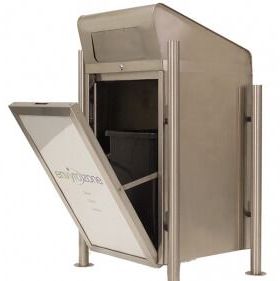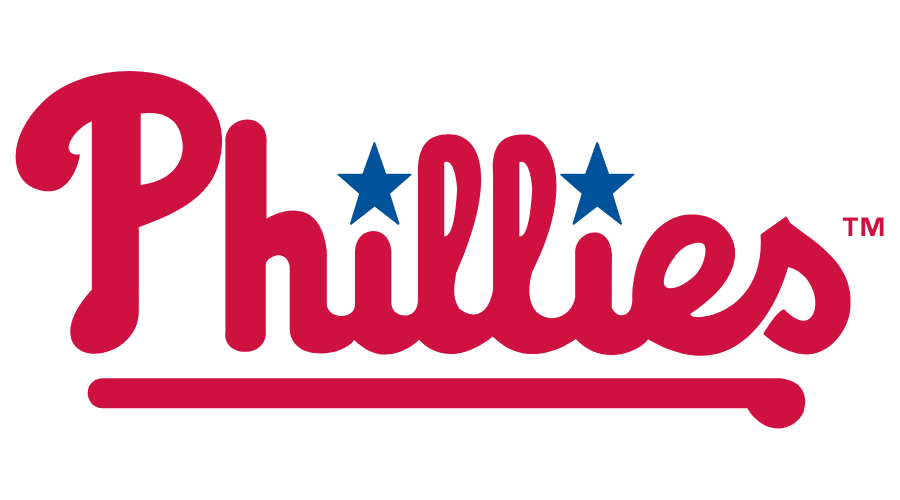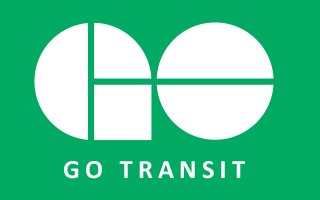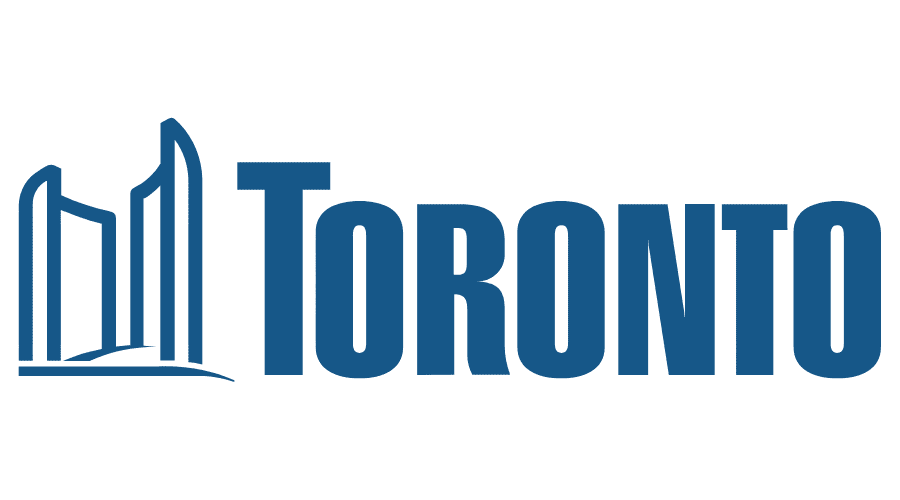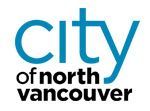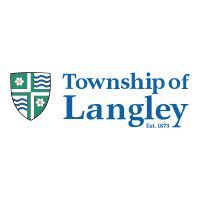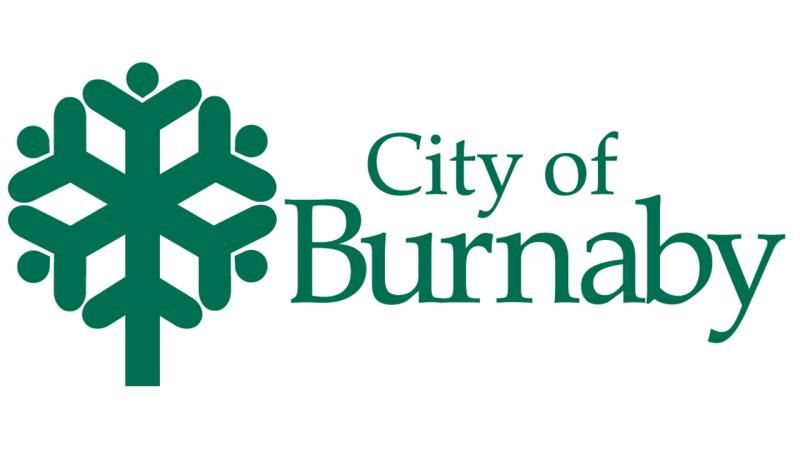Can Smart Recycling Sorting Bins Turn Waste into Valuable Resources?
In today's rapidly evolving environmental landscape, waste is no longer seen merely as trash-it's a resource waiting to be recovered. As more municipalities, institutions, and businesses shift toward sustainability goals, the need for effective recycling infrastructure has never been greater. Enter recycling sorting bins-not just containers, but catalysts for a circular economy. Proper bin design and intuitive sorting labels play a crucial role in improving material recovery rates, reducing contamination, and maximizing sustainability efforts.
But the question remains: Are your recycling bins doing enough to support your environmental initiatives?
Let's explore how choosing the right recycling bin manufacturer and optimizing bin functionality can dramatically boost your recycling outcomes.
Why Recycling Sorting Bins Are the Unsung Heroes of Waste Management
When we talk about recycling success, the spotlight often falls on consumer behaviour or collection logistics. However, the unsung heroes in this process are the recycling sorting bins themselves. Well-designed bins are pivotal in:
- Reducing cross-contamination
- Encouraging proper material separation
- Supporting cleaner streams for recycling facilities
Each mis-sorted item not only contaminates a batch but also potentially results in the entire load being sent to a landfill. That's a missed opportunity in both environmental and economic terms.
Design Thinking: The Heart of Recycling Bin Efficiency
A recycling bin isn't just a receptacle-it's a communication tool. From its colour scheme to its aperture shape, every element should signal the type of material it's meant to collect. Successful recycling bin designs feature:
- Customizable Openings-Slots for paper, circles for bottles, and flaps for organic waste.
- Universal Colour Coding-Blue for paper, green for organics, grey or black for landfill, etc.
- Eye-Level Signage-Easy-to-read icons and multilingual text increase accessibility.
- Ergonomic Access-Proper height and easy lid functionality make participation effortless.
These features aren't just aesthetic-they guide user behaviour and support correct disposal decisions.
Sorting and Labelling: Clarity Is Key
Labelling is often underestimated, yet it plays a foundational role in recycling efficiency. The goal is simple: eliminate confusion. A user has mere seconds to decide where their waste goes. In that short time, labels must provide:
- Visual Cues-Icons of the specific waste type.
- Clear Language-No jargon, just plain terms.
Poor labelling can undo even the best bin designs, while effective labelling enhances user confidence and reduces errors.
Real-World Impact: Data-Driven Results
Studies across universities, airports, and public spaces have shown that optimized bin systems significantly improve material recovery rates. For instance:
- University campuses that introduced clearly labelled, colour-coded bins saw contamination rates drop by over 30%.
- Corporate offices that used standardized bin designs reduced landfill waste by 20-25% within the first quarter.
- Municipal buildings equipped with smart recycling stations noticed a 40% uptick in correct disposal behaviours.
These results aren't outliers-they're repeatable outcomes that can be achieved with proper recycling bin strategy.
Customization: One Size Does Not Fit All
Different settings require different solutions. Recycling bins should be tailored to suit:
- Indoor vs Outdoor Environments
Weather-resistant finishes, lockable lids, and reinforced materials make a big difference. - High-Traffic vs Low-Traffic Areas
Compact designs for hallways, large-capacity bins for event spaces. - Special Waste Needs
Bins for e-waste, PPE, compostables, or confidential shredding add necessary flexibility.
By choosing a recycling bin manufacturer that offers modular designs and customizable configurations, businesses and communities can ensure optimal utility and aesthetics.
Recycling Bin Manufacturer Matters: Quality = Results
It's not just about buying a bin-it's about investing in a long-term waste diversion solution. A reputable recycling bin manufacturer brings:
- Engineering Expertise-Ensuring durability, functionality, and user-friendly features.
- Sustainability Values-Products made from recycled materials or designed for end-of-life recyclability.
- Ongoing Support-From bin placement strategy to signage updates and service parts.
Choosing the right partner in bin design is as crucial as the bins themselves.
Building a Culture of Accountability Through Design
Recycling behaviour is cultural. The more visible, intuitive, and accessible your bins are, the more likely individuals will adopt proper habits. Consider:
- Consistent Bin Placement-Avoid confusion by maintaining the same order of bins across all locations.
- Educational Campaigns-Digital screens or posters nearby can reinforce why correct sorting matters.
- Gamification-Rewarding departments or teams that recycle effectively encourages ongoing participation.
With the right tools and messaging, recycling becomes second nature-not an afterthought.
Technology & the Future: Smart Recycling Stations
Innovations in waste management are changing the game. Today's smart recycling bins feature:
- Sensor-Based Fill Detection-Alerts when bins are nearly full.
- QR Codes for Real-Time Info-Users can scan to see what goes where.
- Data Analytics-Facility managers can track usage patterns, monitor contamination, and improve strategies.
Technology bridges the gap between passive collection and active engagement, making recycling systems more efficient and transparent.
Aesthetic Integration: Sustainability Meets Design
Sustainability doesn't have to compromise style. Modern recycling bin manufacturers offer sleek, architectural designs that blend seamlessly into:
- Office interiors
- Retail environments
- Luxury hospitality venues
Matching finishes, custom branding, and subtle profiles ensure your recycling efforts enhance-rather than disrupt-your brand experience.
Sustainability Isn't Just a Goal. It's a Standard.
Clients, stakeholders, and customers expect responsible environmental practices. An effective recycling system reflects:
- Your brand's commitment to sustainability
- Leadership in environmental responsibility
- Alignment with global ESG (Environmental, Social, Governance) frameworks
Recycling sorting bins may be a small part of the puzzle, but they leave a lasting impression on those who use them.
Cost-Effectiveness: Save Resources, Save Money
While upfront costs for premium bins may be higher, long-term savings include:
- Lower landfill fees
- Improved recycling rebates
- Fewer contamination penalties
Additionally, cleaner recycling streams reduce sorting costs downstream, benefiting municipalities and private haulers alike.
Pioneering Waste Solutions with Purpose
At Envyrozone, we understand that sustainability starts with the details-right down to the bins you choose. As a forward-thinking recycling bin manufacturer, we specialize in creating eco-friendly, visually appealing, and highly functional recycling sorting bins designed for every environment. Whether you're a school, hospital, municipality, corporate office, or retail brand, we tailor our bin solutions to meet your exact needs and elevate your waste management systems.
We pride ourselves on offering customizable, Canadian-crafted products that combine durability with thoughtful design. Our mission is to help you not only meet but exceed your environmental goals. And with our innovative approach and commitment to quality, we're here to turn your recycling stations into results-driven sustainability tools.
Make sustainability seamless-partner with Envyrozone for innovative recycling bin solutions that turn waste into a resource.New Paragraph

